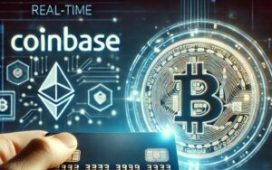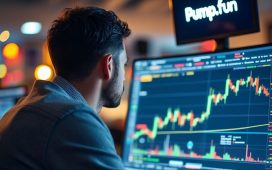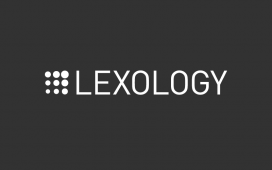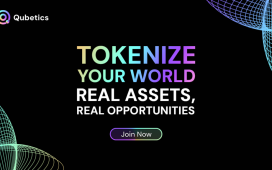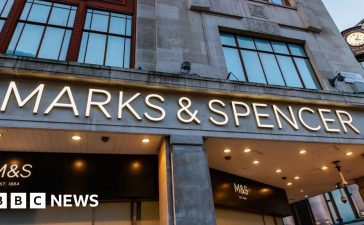A remarkable amount of people began thinking crypto is a scam because of the initial coin offering (ICO) craze, which kicked off in 2017. It is largely true that that period was rife with sketchy projects. However, this coming year should help change that perception of the industry.
This post is part of CoinDesk’s “Crypto 2024” predictions package. Ryan Gorman is the founder of RGPR, a Web3 consultancy and head of strategy at Uranium3o.
This period was the Wild West and led to a lot of fair criticisms. The crypto industry was born from an ideal meant to counteract what many believe was the profiteering of traditional financial firms, only to turn into something even worse.
Since then, however, digital assets have become far more professionalized. Real builders emerged during the recent crypto winter that have created genuine opportunities for both crypto-natives and non-crypto-natives. A focus on real world assets (RWA) and real world use cases has emerged. Many recent projects have far more utility than most ICOs, it’s the difference between creating actual value and bolting the word “blockchain” onto a brand to juice its stock price.
The RWA market is massive, and tokenization is only getting started. This movement will forever change how people view and access investments — be they commodities, real estate, art, rare whiskey or any number of other things that have historically been bought or sold on opaque off-exchange or broker and auction dominated marketplaces.
The success of tokenization will change the perception of crypto as a whole.
There are many commodities that have no spot or futures market, leading to opaque pricing that is more or less based on the whims of brokers as opposed to a clearing price where bids and asks meet. There may be a publicly available reference price, but often it is just a survey of what brokers think it should be.
Tokenizing assets, like metals, enables better price discovery and more accurate pricing because it creates a spot market where one did not previously exist. Blockchains also enable for better tracking across supply chains, verifying the authenticity of collectibles and commodities, limiting counterfeits and hopefully helping holders to better retain and understand the value of their items.
A lot of illiquid assets are gate kept from all but the select few able to benefit from their price action, leaving those opportunities to a likely well-off group of insiders. Tokenization breaks down these barriers to entry and allows virtually anyone, regardless of background, to gain access to the benefits of investing (even on a fractional basis)
It also opens up fresh new opportunities through the creation of entirely new asset classes that previously did not exist. Remember back during the ICO craze when project founders and “experts” claimed ICOs enabled every and anyone to buy into early stage investments the same way Wall Street insiders are able to access private equity and venture deals? That was largely inaccurate and left many people holding empty bags when their tokens crashed.
Investing in tokens backed by the value of an actual, tangible, real asset ensures that holders at worst case should be able to redeem them for either the actual asset itself or its cash value. Of course, this may require outside audits to verify the authenticity of the underlying assets. But it is a far cry from having blind faith in a white paper or pseudonymous team with virtually no accountability to produce a real product, and should theoretically enable better outcomes than people have realized in ICOs or NFTs.
People have discussed the tokenization of art and real estate at least for as long as I have been in crypto, since 2015. Most of these projects have yet to gain much traction for a variety of reasons ranging from a lack of interest to a lack of actual RWAs to tokenize. In the past year, the amount of innovation on this front has outpaced all previous years combined.
Sure, tokenizing liquid commodities like gold or silver makes sense as a proof-of-concept to show that assets can be brought on-chain. But, there is a real opportunity to create entirely new markets that unlock access to assets in ways not previously possible.
Take, for example, the idea that buyers of certain commodities cannot hedge against future price movements because they have no spot market enabling the creation of futures. If a spot market is created for that asset, then futures can be created so industries consuming a resource such as cadmium can also more predictably manage costs similarly to how airlines manage jet fuel price volatility to smooth out costs over the long-run.
The opportunity provided by RWA tokenization extends across all spectrums of investors and markets participants and creates an entirely new opportunity that is accessible, transparent and most importantly a significant improvement on putting out an RFP for a resource that can be more efficiently priced on a spot market.

